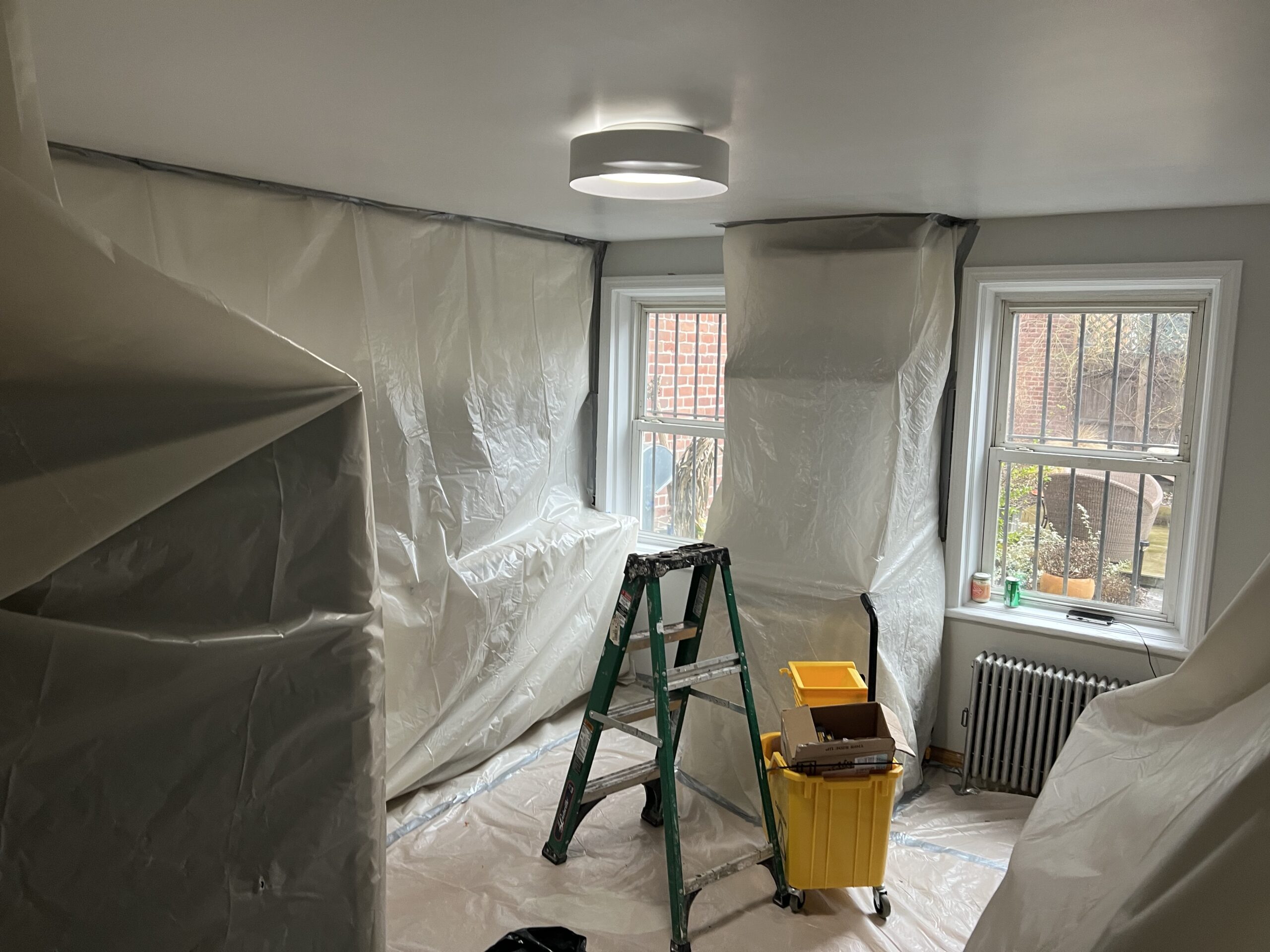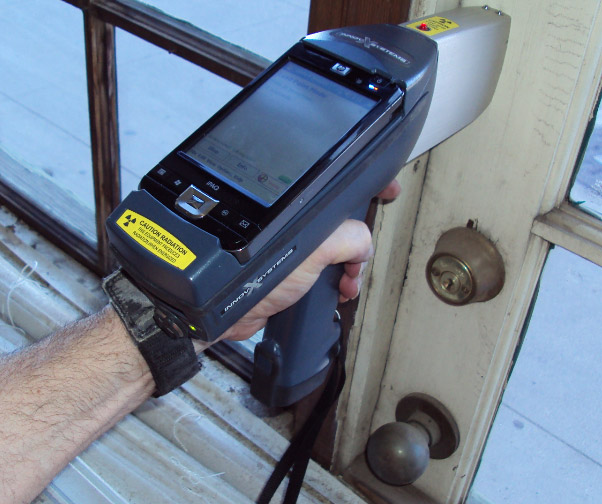Comprehensive Lead Paint Removal Service in NYC-- Certified and Qualified
Comprehensive Lead Paint Removal Service in NYC-- Certified and Qualified
Blog Article
Comprehensive Overview on Effective Lead Violation Elimination Methods
In the realm of environmental safety and security, resolving lead infractions requires a thorough and structured approach. This thorough guide begins by highlighting the vital first steps of recognizing lead threats through innovative assessment and testing techniques. Methods such as XRF analysis and dirt wipe sampling are crucial in pinpointing contamination resources. The guide specifies on the importance of sticking to stringent security procedures throughout the elimination procedure, including the usage of proper PPE and separating influenced locations. The subsequent sections promise to discuss post-removal confirmation and preventive methods, guaranteeing lasting safety and compliance. Discover the detailed details that make these methods not just efficient but vital.
Identifying Lead Hazards
Recognizing lead threats is a critical initial step in minimizing the dangers associated with lead direct exposure. Lead, a poisonous steel, can be existing in various ecological tools, consisting of paint, soil, water, and dirt.
The initial phase in recognizing lead dangers entails understanding usual lead sources within the developed atmosphere. Structures built before 1978 are particularly at risk as a result of the widespread usage of lead-based paint throughout that duration. Additionally, soil contamination can occur from deteriorating outside paint, industrial emissions, or historic usage of leaded gasoline.
One more significant resource is lead piping and plumbing fixtures, which can seep lead right into alcohol consumption water. Customer goods such as toys, porcelains, and imported products may additionally include harmful lead degrees. Significantly, job-related atmospheres and hobbies including lead can track impurities into homes.
Assessment and Testing
When addressing lead dangers, effective evaluation and screening are critical. First evaluation commonly includes a visual inspection to recognize prospective lead resources, such as degrading paint or contaminated dirt.

Dirt clean sampling is one more vital technique, especially in domestic setups. By collecting examples from floorings, windowsills, and various other surfaces, this method supplies insights right into prospective exposure dangers. Soil testing around structure perimeters is vital to discover lead contamination that might position risks, specifically to youngsters.
Safe Removal Treatments
Upon finishing detailed analysis and testing, implementing risk-free removal procedures is the following important phase in addressing lead hazards. This procedure makes sure that lead-contaminated products are properly and securely gotten rid of, decreasing threat to both workers and homeowners. The very first action includes separating the damaged area utilizing plastic sheet and correct sealing strategies to stop the spread of lead dust.
Employees should don proper individual protective devices (PPE), including respirators, handwear covers, and disposable coveralls, click resources to mitigate direct exposure. Employing specialized tools and wet approaches, such as damp fining sand or making use of HEPA-filtered vacuum cleaners, lowers the dispersion of lead bits. It is vital to avoid completely dry fining sand or rough blasting, as these techniques can generate unsafe lead dirt.
Garbage disposal is an additional important element; all polluted products should be safely gotten and classified according to EPA and local regulations. In addition, complete cleansing of the workspace with HEPA vacuum cleaners and damp cleaning ensures the elimination of recurring lead particles.
Post-Removal Verification

Confirmation of effective lead removal, called post-removal confirmation, is critical to make certain the safety and habitability of the remediated location. This procedure includes a series of careful analyses and examinations designed to discover any kind of recurring lead bits that may pose health risks. The initial action normally includes a visual examination to examine the conclusion and quality of the removal job. This inspection makes sure that all well-known resources of check out here lead have actually been resolved and that no noticeable indicators of contamination remain.
Complying with the aesthetic inspection, environmental tasting is carried out. This involves collecting dirt, dirt, and in some cases water samples from the remediated location. Certified laboratories analyze these samples to measure lead degrees, guaranteeing they drop below the safety and security thresholds established by regulative bodies such as the Environmental Defense Firm (EPA)
In addition, air quality testing might be executed to find airborne lead fragments, specifically in cases where comprehensive lead-based paint elimination or remodelling has taken place. The outcomes of these examinations supply quantitative information confirming that the lead degrees are within permitted limits.
Inevitably, post-removal verification acts as a vital checkpoint, confirming the effectiveness of the lead abatement initiatives and securing the health and wellness of passengers and site visitors.
Safety Nets and Upkeep

An essential safety net consists of the use of lead-safe licensed specialists for any kind of remodelling, repair service, or paint tasks. These professionals are trained in techniques that decrease lead dirt and particles. Additionally, keeping colored surfaces to avoid breaking or peeling off is important, as weakening paint can release lead fragments right into the atmosphere.
Educational initiatives targeting homeowner and renters regarding the risks of lead and the significance of reporting any type of prospective dangers can even more boost preventative efforts. Regular cleansing making use of HEPA vacuum cleaners and damp mopping strategies can considerably reduce lead dirt accumulation.
Final Thought
In summary, reliable lead violation removal demands a meticulous technique incorporating extensive evaluation, precise screening, and rigid removal procedures. Ongoing evaluations and upkeep are essential to mitigate future lead threats, therefore protecting public health and wellness and ensuring continual compliance with regulatory needs.
Report this page